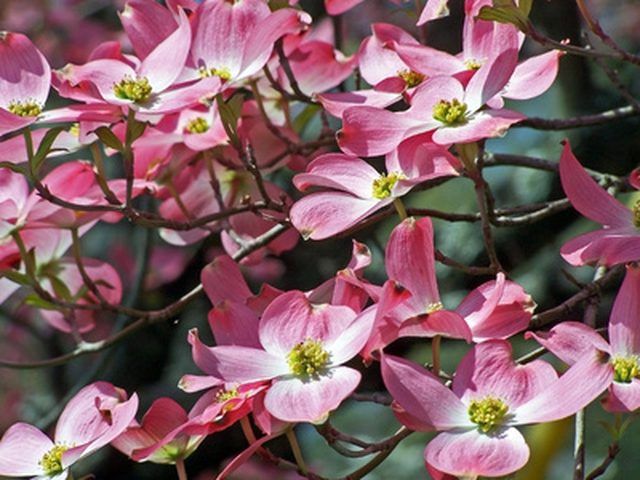Bulbs
Flower Basics
Flower Beds & Specialty Gardens
Flower Garden
Garden Furniture
Garden Gnomes
Garden Seeds
Garden Sheds
Garden Statues
Garden Tools & Supplies
Gardening Basics
Green & Organic
Groundcovers & Vines
Growing Annuals
Growing Basil
Growing Beans
Growing Berries
Growing Blueberries
Growing Cactus
Growing Corn
Growing Cotton
Growing Edibles
Growing Flowers
Growing Garlic
Growing Grapes
Growing Grass
Growing Herbs
Growing Jasmine
Growing Mint
Growing Mushrooms
Orchids
Growing Peanuts
Growing Perennials
Growing Plants
Growing Rosemary
Growing Roses
Growing Strawberries
Growing Sunflowers
Growing Thyme
Growing Tomatoes
Growing Tulips
Growing Vegetables
Herb Basics
Herb Garden
Indoor Growing
Landscaping Basics
Landscaping Patios
Landscaping Plants
Landscaping Shrubs
Landscaping Trees
Landscaping Walks & Pathways
Lawn Basics
Lawn Maintenance
Lawn Mowers
Lawn Ornaments
Lawn Planting
Lawn Tools
Outdoor Growing
Overall Landscape Planning
Pests, Weeds & Problems
Plant Basics
Rock Garden
Rose Garden
Shrubs
Soil
Specialty Gardens
Trees
Vegetable Garden
Yard Maintenance
Symbolism of a Pink Dogwood
Symbolism of a Pink Dogwood. The dogwood and its flowers are associated with many myths and legends, some from the time of Christ's death and others from the Native Americans.In Christian symbolism, several aspects of the dogwood flower are linked to the cross, Christ's crown of thorns and his bleeding on the cross. The pink dogwood flower, in...

The dogwood and its flowers are associated with many myths and legends, some from the time of Christ's death and others from the Native Americans.
In Christian symbolism, several aspects of the dogwood flower are linked to the cross, Christ's crown of thorns and his bleeding on the cross.
The pink dogwood flower, in particular, is said to derive its delicate color from its blush of shame for the way the dogwood was used to make the cross for Christ's crucifixion.
Dogwood features
Dogwood flowers are made up of four large bracts around a small, red clustered fruit that is called the head of the flower. When dogwood is in full flower, its blooms are about two inches in diameter.
White is the traditional color of dogwood flower, but it can also be found in yellow, red and pink. All dogwoods have a fleshy stone fruit, most considered inedible.
Dogwood shrubs are small. The leaves in autumn can be dappled with red.
Dogwood legend
Every aspect of the dogwood - its size and shape as a shrub, its flowers' features - has been laden with legendary symbolism, primarily tied to the crucifixion of Jesus.
There is no Biblical reference to the dogwood but myth says dogwood was chosen as the wood used for the crucifixion cross. Because of that link, legend says, God ordered that from that day forward, the dogwood tree would never grow tall again, forever cursed to be twisted and short.
The flower's associations with Christ's crucifixion include the center's clustered fruit resembling the crown of thorns; the four petals resembling the cross; and the touch of reddish, rusty color on the outer edge of each petal for the rust from the nails used to hang Christ and the blood he shed.
Legend even describes feellings of the dogwood - the pink flower is blushing, and the weeping dogwood is crying in regret.
In American Indian lore, a native princess, killed by a suitor she refused, used dogwood petals to dab blood from her wounds as she lay dying. This myth says that led to the dogwood flowers' red marks on their petals.
Dogwood species
Worldwide, there are 50 species of dogwood. Of those, 17 can be found in the U.S. The dogwood flower's genus is Cornus, primarily made up of deciduous shrubs and trees. The family of the dogwood is cornaceae.
Uses of dogwood
Dogwood bark has had various uses throughout history. It was used as timber for crucifixions in Christ's time.
American colonists used small slivers of the bark to clean small cracks in watches, and larger pieces for printer's blocks, knitting needles and hammers.
Dogwood branches were also used by American Indians to make arrows because of the wood's hardness. They also chose the time to plant their crops by when the dogwood flowered.
Dogwood flowers - including pink dogwood - are often given as gifts on holidays, especially Easter, because of their religious symbolism.
Names for dogwood
At one time, the dogwood was known in some areas as an "arrow-wood" tree or "Indian arrow-wood" because of its frequent use by Native Americans in making arrows.
The term "dogwood" is believed to have come from England, where its bark was sometimes boiled and used as a treatment for dogs' mange.